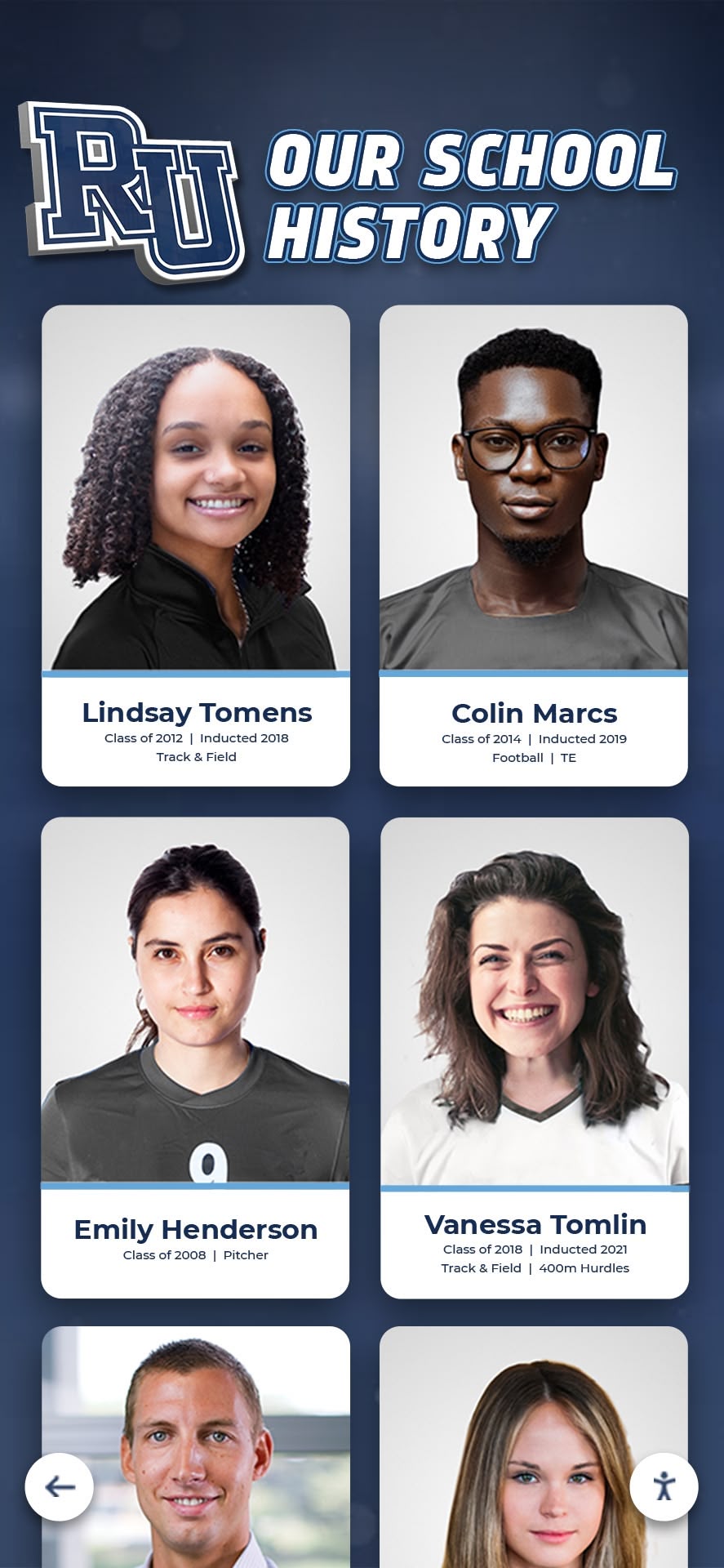Key Takeaways
Discover the best methods to capture and preserve your school's history. Learn about digital archives, oral histories, photo preservation, and interactive displays for lasting educational legacy.
Schools that successfully capture and preserve their history discover profound benefits extending far beyond nostalgic reminiscence. Current students develop stronger connections to institutional identity when they understand the traditions they’re continuing. Alumni maintain emotional bonds supporting engagement and philanthropy when they can access memories and achievements from their own school years. Prospective families gain confidence in educational stability when they observe institutions that value and preserve their heritage. Most fundamentally, comprehensive historical preservation ensures that future generations can learn from the past, understand institutional evolution, and appreciate the foundations on which their present opportunities were built.
This complete guide explores proven methods for capturing school history effectively, from initial planning and material collection through digitization, organization, preservation, and public presentation. Whether your institution traces its origins back over a century or celebrates its first decade, these strategies ensure your unique educational story receives the preservation and recognition it deserves.
Understanding What Makes School History Worth Capturing
Before investing significant time and resources into historical preservation, it’s valuable to understand exactly what makes school history important and how preserved heritage benefits educational communities.
The Educational Value of Institutional History
School history provides powerful educational resources extending well beyond history class curriculum. When students research their own institution’s past, they develop research skills while connecting personally to historical study. Analyzing how their school evolved in response to broader social, economic, or technological changes helps students understand historical forces through concrete, relatable examples rather than abstract textbook narratives.
Historical materials document educational evolution—how teaching methods changed, how curriculum adapted to new fields of knowledge, how technology transformed learning, or how educational philosophy shifted across decades. These records provide valuable insights for contemporary educators considering current approaches in light of historical precedents.
Building Community Identity and Connection
Shared history creates shared identity. Schools with strong historical awareness foster communities where students, faculty, alumni, and families recognize themselves as members of something larger than individual experiences—part of continuing traditions connecting past, present, and future.
This sense of continuity particularly matters for alumni relationships. Graduates who can access photographs from their school years, revisit championship seasons they participated in, or locate their names in digitized yearbooks maintain stronger emotional connections to institutions than those whose school memories exist only in fading personal recollections. These connections drive alumni engagement supporting mentorship programs, career networking, fundraising initiatives, and ongoing community participation.
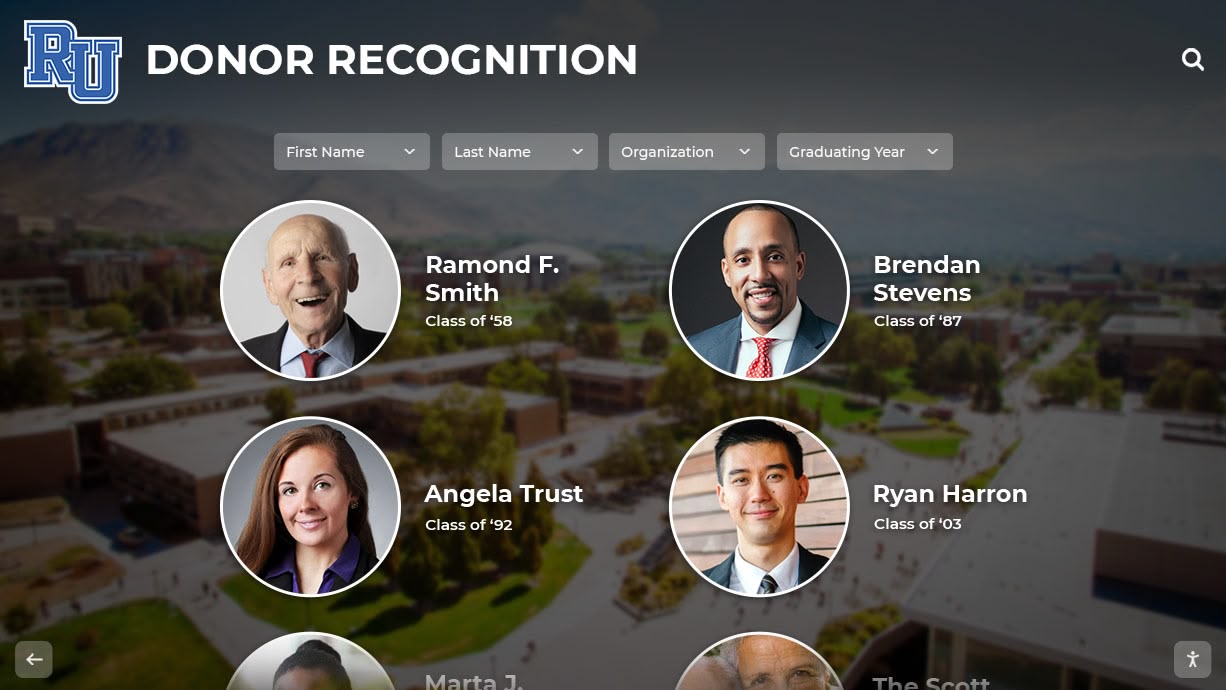
Inspiration Through Historical Examples
Historical achievements inspire contemporary excellence. When current students discover that alumni who once sat in their same classrooms went on to accomplish remarkable things, aspiration becomes tangible. Championship teams from past decades motivate today’s athletes. Distinguished graduates provide role models demonstrating diverse paths to success. Innovative programs from earlier eras show that educational excellence represents continuing institutional character rather than temporary circumstance.
Effective historical presentation transforms past achievements from abstract facts into inspiring narratives that motivate current community members to maintain and extend traditions of excellence.
Preserving Irreplaceable Cultural Heritage
Once lost, school history cannot be recreated. When longtime educators retire without sharing their memories, when alumni pass away taking their stories with them, when photographs deteriorate beyond restoration, or when documents disappear from neglected storage areas, irreplaceable cultural heritage vanishes permanently.
Comprehensive historical preservation represents responsible stewardship—ensuring that the investments of past generations in building educational institutions, the achievements of former students and faculty, and the evolution of school communities receive appropriate documentation honoring their significance.
Planning Your School History Preservation Project
Successful historical preservation begins with thoughtful planning establishing clear objectives, realistic scope, and sustainable processes before diving into collection and digitization efforts.
Establishing Clear Goals and Priorities
Different institutions pursue historical preservation for different reasons. Defining your primary objectives helps focus limited resources on highest-priority activities while establishing success metrics.
Common Historical Preservation Goals:
📚 Educational Enrichment
Creating resources supporting curriculum, student projects, and historical education through primary source access
🤝 Alumni Engagement
Strengthening graduate connections through accessible memories and achievements from their school years
🎯 Heritage Protection
Preventing loss of irreplaceable materials by systematically collecting and preserving institutional memory
🏆 Recognition Programs
Supporting hall of fame initiatives, distinguished alumni recognition, and achievement celebration systems
Your primary objectives should guide decisions about which materials to prioritize, how to organize collections, where to focus digitization efforts, and how to present historical content for maximum impact aligned with institutional goals.
Assessing Existing Historical Materials
Before beginning active collection, inventory what already exists within institutional control. Many schools discover substantial historical materials scattered across multiple locations—old yearbooks in library storage, photographs in athletic department files, documents in administrative archives, or memorabilia in display cases throughout campus.
Common Locations for Historical Materials:
- Library archives or storage areas
- Administrative offices and file rooms
- Athletic department records and trophy cases
- Alumni association collections
- Development office donor files
- Individual teacher or coach personal collections
- Physical education or performing arts program files
- Maintenance department facility records and blueprints
Document what exists, where it’s located, its condition, and whether it’s currently accessible to researchers or the public. This assessment reveals collection strengths, identifies gaps requiring active acquisition efforts, and highlights preservation priorities for materials at risk of deterioration or loss.
Building a Historical Preservation Team
Comprehensive historical preservation requires diverse skills and sustained effort beyond what single individuals can manage. Assemble teams including varied expertise and distributed responsibilities.
Key Team Roles:
Project Coordinator: Oversees overall efforts, maintains momentum, coordinates between different contributors, and ensures activities align with institutional goals.
Historical Researchers: Conduct archival research, verify facts and dates, interview alumni and longtime community members, and develop historical narratives contextualizing materials.
Digital Technology Specialists: Manage scanning and digitization, organize digital files and databases, implement preservation platforms, and ensure technical accessibility.
Content Developers: Write historical narratives, create captions and descriptions, develop multimedia presentations, and design public-facing historical displays.
Community Liaisons: Coordinate alumni outreach, manage material donations, facilitate oral history projects, and engage community members in preservation efforts.
Many schools successfully involve students in historical preservation through class projects, club activities, or service learning opportunities, providing valuable educational experiences while expanding preservation capacity.
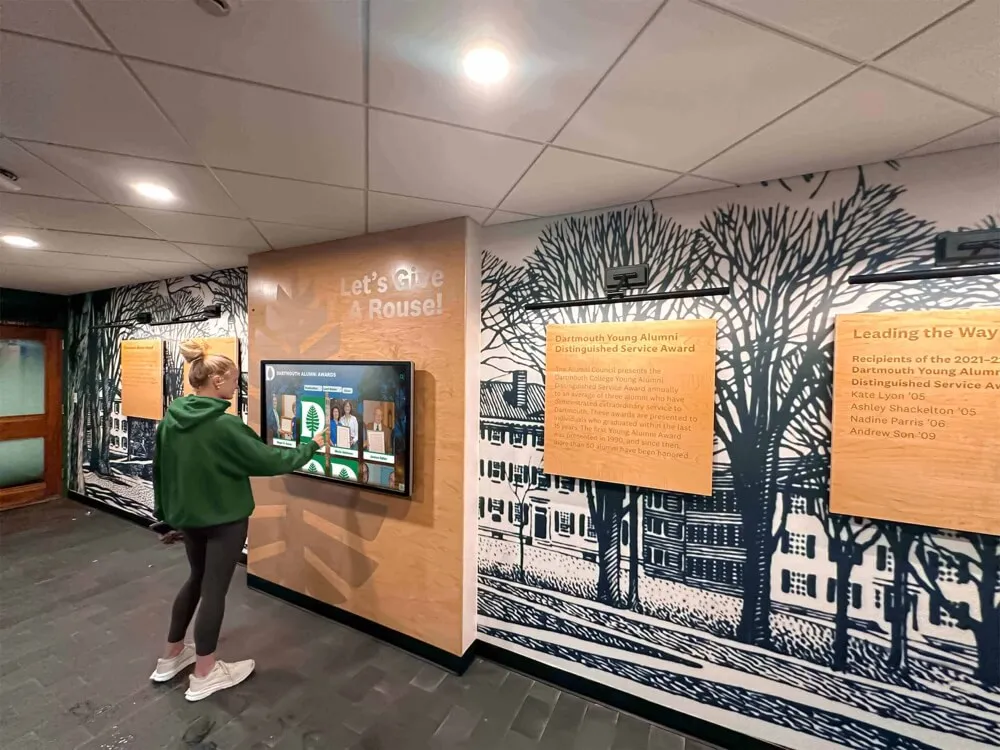
Collecting Historical Materials Systematically
Effective historical preservation depends on comprehensive material collection. The richest collections result from proactive, systematic acquisition rather than waiting for materials to appear randomly.
Creating Community Awareness and Engagement
Most valuable historical materials reside in personal collections rather than institutional archives. Alumni keep their yearbooks, former athletes preserve scrapbooks from championship seasons, longtime community members possess photographs from decades ago, and families of deceased educators or coaches maintain materials documenting careers.
Accessing these distributed materials requires broad community awareness about preservation efforts and clear processes for contributions.
Effective Community Outreach Strategies:
Targeted Alumni Communications: Send appeals to specific graduation years or decades explaining preservation initiatives and requesting material contributions. Class reunion events provide natural opportunities for collecting memories and materials from particular eras.
Social Media Campaigns: Create dedicated social media groups or hashtags where community members share historical photographs and memories. These platforms facilitate crowdsourced collection while building engagement around institutional heritage.
Campus Events and Scanning Days: Host events where alumni and community members bring historical materials for professional scanning and immediate return. This approach overcomes reluctance to mail irreplaceable items while enabling systematic digitization.
Student Interview Projects: Engage current students in conducting recorded oral history interviews with alumni, retired faculty, or longtime community members. These projects create valuable historical documentation while providing meaningful student learning experiences.
Recognition for Contributors: Acknowledge those who contribute materials through public recognition, digital credits on preserved items, or inclusion in special heritage events, encouraging ongoing participation in preservation efforts.
Prioritizing Collection Categories
Comprehensive collections should include diverse material types documenting different aspects of institutional life and evolution.
Essential Collection Categories:
Yearbooks and Publications:
- Annual yearbooks from all available years
- Student newspapers across different eras
- Literary magazines and creative publications
- Athletic programs and game-day materials
- Performing arts programs and playbills
- Academic awards and honors publications
Photographic Documentation:
- Class portraits and graduation photographs
- Athletic team photos and action shots
- Facility construction and campus evolution images
- Event documentation (dances, ceremonies, competitions)
- Daily life candid photography
- Faculty and staff portraits
Official Records and Documents:
- Administrative correspondence and reports
- Board meeting minutes and policy documents
- Curriculum materials and course catalogs
- Founding documents and incorporation papers
- Facility blueprints and construction records
- Anniversary celebration materials
Personal Narratives and Memories:
- Oral history interview recordings
- Alumni memoirs and written reflections
- Student journals or diaries
- Faculty teaching materials and notes
- Scrapbooks and personal collections
- Letters and personal correspondence
Prioritize materials documenting underrepresented eras or aspects of institutional history where current collections show significant gaps.
Implementing Sustainable Collection Processes
One-time collection campaigns generate initial materials but leave future gaps. Sustainable historical preservation requires ongoing systematic processes ensuring continuous documentation.
Ongoing Collection Systems:
Annual Archival Additions: Establish automatic processes for adding each year’s yearbook, major event programs, championship documentation, and significant photographs to archives immediately rather than attempting retrospective collection decades later.
Departure Interviews: When longtime faculty, administrators, or staff retire, conduct exit interviews capturing their memories and perspectives while requesting any personal materials documenting their careers that they’re willing to donate.
Anniversary Milestones: Use reunion years and institutional anniversaries as opportunities for targeted collection campaigns focused on specific eras or themes relevant to celebrations.
Embedded Documentation: Assign responsibility for documenting significant events as they occur—major competitions, important ceremonies, special programs, or campus changes—ensuring future historical completeness.
Solutions like digital asset management systems for schools provide infrastructure for organizing ongoing collection efforts while ensuring long-term accessibility and preservation.
Digitizing and Preserving Historical Materials
Physical materials deteriorate over time and remain accessible only to those who can physically visit archives. Digitization creates permanent preservation copies while enabling broad access regardless of geographic location.
Understanding Digitization Basics
Effective digitization balances technical quality ensuring preservation value with practical efficiency enabling reasonable project completion timelines and budgets.
Scanning Resolution Guidelines:
For photographs and documents, minimum 600 dpi resolution ensures sufficient quality for viewing and printing while creating manageable file sizes. High-priority materials may warrant 1200 dpi or higher for maximum preservation quality. Color photographs require color scanning even if originals appear monochrome, as subtle color information may be present.
File Format Best Practices:
Store master preservation files in uncompressed formats (TIFF for images) maintaining maximum quality, while creating compressed access copies (JPEG for images, MP4 for video) for practical everyday use. Maintain both versions—masters for long-term preservation and future uses, access copies for immediate sharing and display.
Equipment Options:
In-House Digitization
- High-quality flatbed scanners ($200-$2,000)
- Document cameras for bound materials ($300-$1,500)
- Audio/video recording equipment ($500-$3,000)
- External storage and backup systems ($200-$1,000)
- Lower cost but significant time investment
- Greater control over scheduling and priorities
Professional Digitization Services
- Typical costs: $0.50-$3.00 per page or image
- Specialized equipment for fragile materials
- Professional quality control and standards
- Faster completion for large projects
- Higher upfront cost but saves staff time
- Expertise with challenging materials
Many schools successfully combine approaches—handling straightforward materials in-house while outsourcing challenging items like fragile documents, oversized materials, or large-volume projects requiring professional capacity.
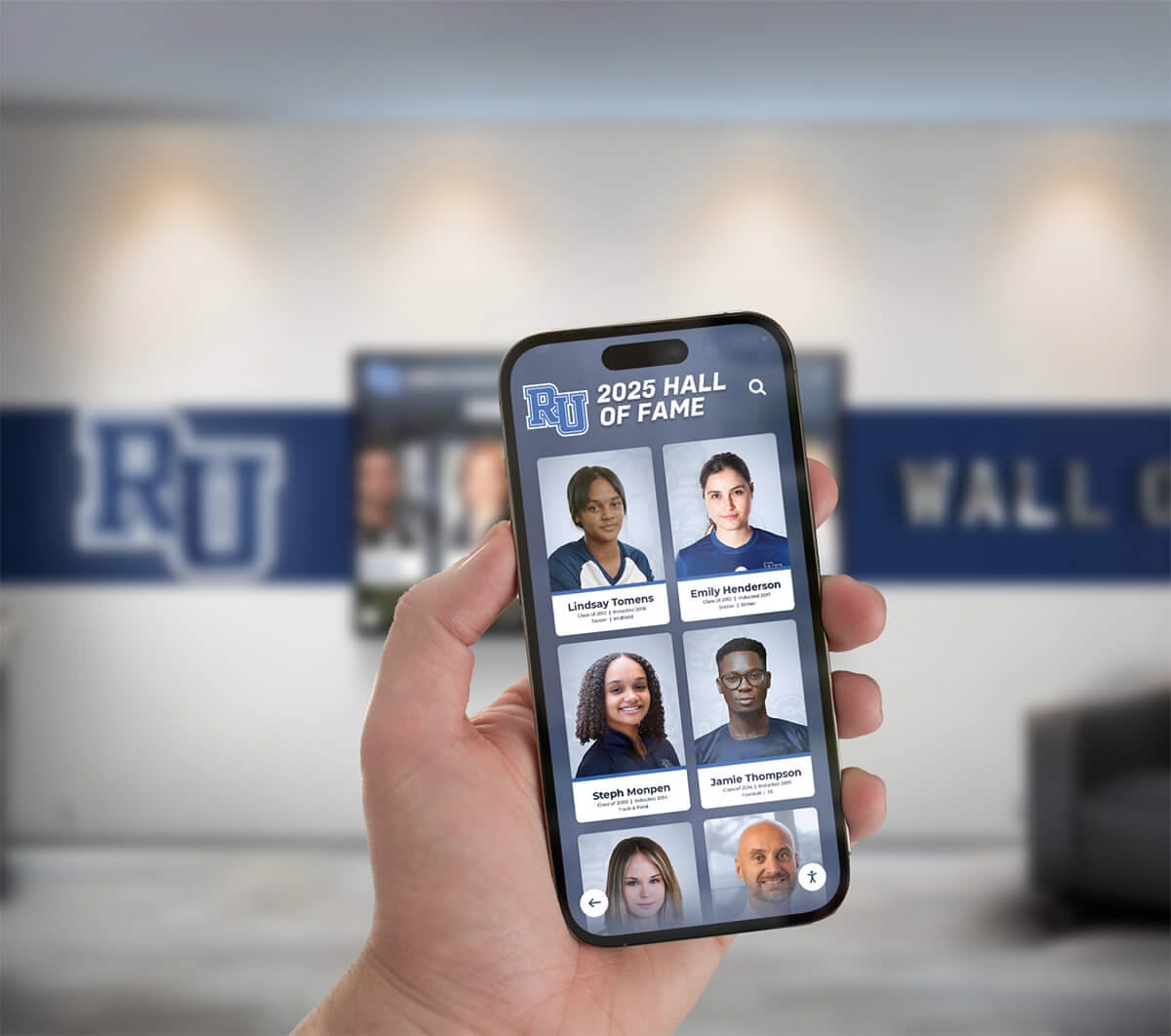
Creating Comprehensive Metadata
Digital files without descriptive information lose much of their historical value. Comprehensive metadata transforms collections of images into searchable, contextualized historical resources.
Essential Metadata Elements:
Dates: When was the photograph taken or document created? If exact dates are unknown, provide approximate years or eras (e.g., “circa 1965” or “mid-1970s”).
People: Identify individuals shown in photographs using full names when known. For group photos, indicate whether complete identification exists or partial identification.
Locations: Specify where photographs were taken or events occurred—specific buildings, athletic fields, classrooms, or off-campus locations.
Events: Describe what the image or document depicts—specific games or competitions, ceremonies, daily activities, or special occasions.
Contextual Notes: Add relevant context helping future users understand significance—“championship game,” “first female coach,” “building demolished in 1985,” or “tradition discontinued in 1990s.”
Source Attribution: Document who provided materials and any permissions or restrictions on use. This information proves essential for rights management and enables contacting sources for additional information.
Consistent metadata creation during initial digitization proves far easier than attempting retroactive description of thousands of digital files. Develop standard metadata templates and train all contributors on consistent application.
Organizing Digital Collections Logically
Thoughtful organization transforms scattered digital files into accessible, usable collections.
Effective Organizational Structures:
Chronological-First Organization: Primary folder structure by decade or individual year (1920s, 1930s, etc., or 1965-66, 1966-67) with subfolders for categories within each period (Athletics, Academics, Facilities, Events). This chronological organization matches how most people think about institutional history.
Consistent File Naming: Develop and implement consistent naming conventions encoding key information directly in filenames: YEAR-CATEGORY-DESCRIPTION (e.g., “1985-Athletics-Football-State-Championship” or “1972-Facilities-Gym-Construction”). Consistent naming enables sorting and searching even without sophisticated database systems.
Backup and Redundancy: Implement redundant storage following the 3-2-1 rule: three total copies on two different media types with one copy stored off-site. Cloud storage services provide effective off-site backup while facilitating access from multiple locations.
Professional digitization and archival solutions handle technical complexities while ensuring materials receive appropriate long-term preservation treatment.
Capturing Oral Histories and Personal Narratives
Written records and photographs document facts but cannot fully capture personal experiences, perspectives, and memories that humanize institutional history. Oral history interviews preserve voices and stories that would otherwise disappear.
Planning Effective Oral History Projects
Successful oral history initiatives require thoughtful planning establishing clear purposes, identifying appropriate subjects, and developing structured approaches ensuring valuable documentation.
Identifying Oral History Subjects:
Priority candidates include longtime educators nearing retirement who experienced decades of institutional evolution, distinguished alumni willing to share school memories and perspectives on how experiences influenced their later lives, community members who observed school impact across generations, coaching legends who shaped athletic programs, and family members of significant historical figures no longer living who can share second-hand memories and materials.
Interview Preparation:
Research subjects’ backgrounds and institutional connections before interviews. Develop question frameworks covering relevant topics while allowing conversational flow. Key question categories typically include earliest school memories, influential people and relationships, significant events witnessed or participated in, how the institution changed over involvement period, traditions and culture, and reflections on institutional character and values.
Inform subjects in advance about general topics while avoiding overly scripted approaches that feel like interrogations rather than conversations. Balance prepared questions with flexibility to explore unexpected stories or memories that emerge naturally.
Recording Technical Quality
Poor recording quality can render oral histories difficult or impossible to understand, dramatically reducing their historical value. Prioritize clear audio capture.
Recording Best Practices:
Use external microphones rather than device built-in microphones for significantly better audio quality. Lavalier (clip-on) microphones work well for interview subjects while reducing handling noise. Choose quiet locations free from background noise, air conditioning, traffic, or other distractions. Test equipment thoroughly before each interview to prevent technical failures.
For video interviews, ensure adequate lighting (simple three-point lighting dramatically improves visual quality) and stable camera positioning using tripods rather than handheld recording. However, prioritize audio quality over video—historical value depends primarily on captured words rather than visual recording quality.
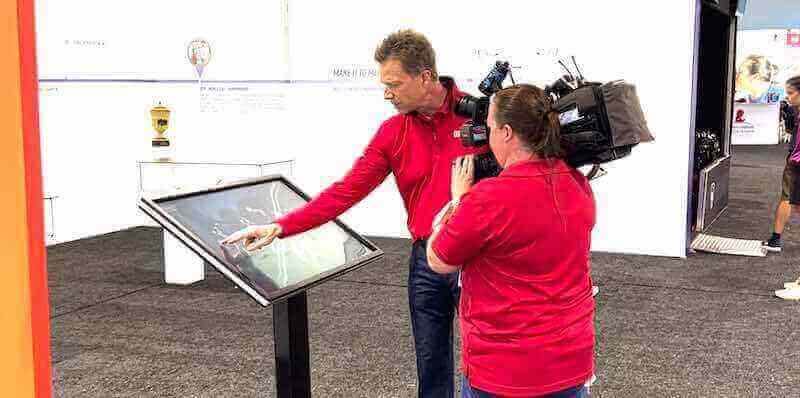
Processing and Preservation
Raw interview recordings require processing to maximize accessibility and long-term preservation value.
Post-Interview Steps:
Transcription: Create written transcripts making content searchable and accessible to those preferring reading to listening. Full verbatim transcripts preserve exact wording including conversational elements, while edited transcripts remove false starts and verbal tics for easier reading. Both approaches have value depending on intended uses.
Time-Stamped Indexing: If full transcription proves impractical, create time-stamped indexes noting major topics discussed with recording time codes enabling users to locate specific subjects within longer interviews.
File Preservation: Store master audio/video files in archival formats (WAV for audio, high-quality MP4 or MOV for video) with backup copies following same 3-2-1 principles as other digital materials. Create compressed access copies for practical streaming and sharing.
Legal Documentation: Ensure subjects sign release forms granting permission to preserve and use interviews for educational and historical purposes. Discuss any sensitive topics that subjects prefer remain confidential or restricted for specified periods.
Many schools create compelling oral history presentations by editing interview segments into thematic documentary videos that can be integrated into broader heritage displays. The digital school history timeline guide explores how multimedia content enriches chronological storytelling.
Presenting School History Effectively
Preserved historical materials deliver value only when accessible and engaging to intended audiences. Thoughtful presentation transforms archives into dynamic educational resources.
Creating Interactive Digital Displays
Modern touchscreen technology enables schools to showcase comprehensive historical collections in engaging, interactive formats that encourage exploration rather than passive viewing.
Interactive Display Advantages:
Unlimited Capacity: Unlike physical displays limited by wall space, digital systems accommodate centuries of history with thousands of photographs, documents, and stories without physical constraints.
Searchable Access: Users can search by name, year, sport, achievement type, or keyword to instantly locate specific content rather than browsing chronologically through everything.
Multimedia Integration: Combine historical photographs with video interviews, audio recordings, scanned documents, and narrative text creating rich, immersive historical experiences.
Easy Updates: Add new content, correct errors, or enhance existing entries through simple software updates without physical reinstallation or fabrication costs.
Engagement Analytics: Track which content receives most attention, informing future collection and presentation priorities based on actual user behavior rather than assumptions.
Accessible Anywhere: Online versions enable alumni worldwide to explore institutional history regardless of geographic distance from campus.
Solutions like interactive recognition displays from Rocket Alumni Solutions provide turnkey systems specifically designed for educational heritage presentation with intuitive content management requiring no technical expertise.
Developing Compelling Historical Narratives
Raw chronological lists of dates and facts rarely engage audiences. The most effective historical presentations organize information into compelling narratives revealing patterns, connections, and human stories.
Narrative Approaches:
Thematic Organization: Group content by themes rather than strict chronology—athletic excellence across decades, facility evolution showing campus growth, distinguished alumni from different fields, or tradition development documenting how current practices emerged.
Era Comparisons: Explicitly compare different time periods showing how student life, educational practices, athletic programs, or institutional priorities evolved. These comparisons help audiences understand change over time rather than viewing each era in isolation.
Personal Stories: Complement institutional facts with individual narratives. Profile specific distinguished alumni showing their complete journeys from student years through later achievements. Document coaching careers revealing how individual dedication shaped programs. Share educator reflections about teaching philosophy evolution.
Visual Storytelling: Prioritize rich photography over text-heavy presentations. Contemporary audiences accustomed to visual social media expect image-rich content. Historical photographs carry emotional power that pure text cannot match.
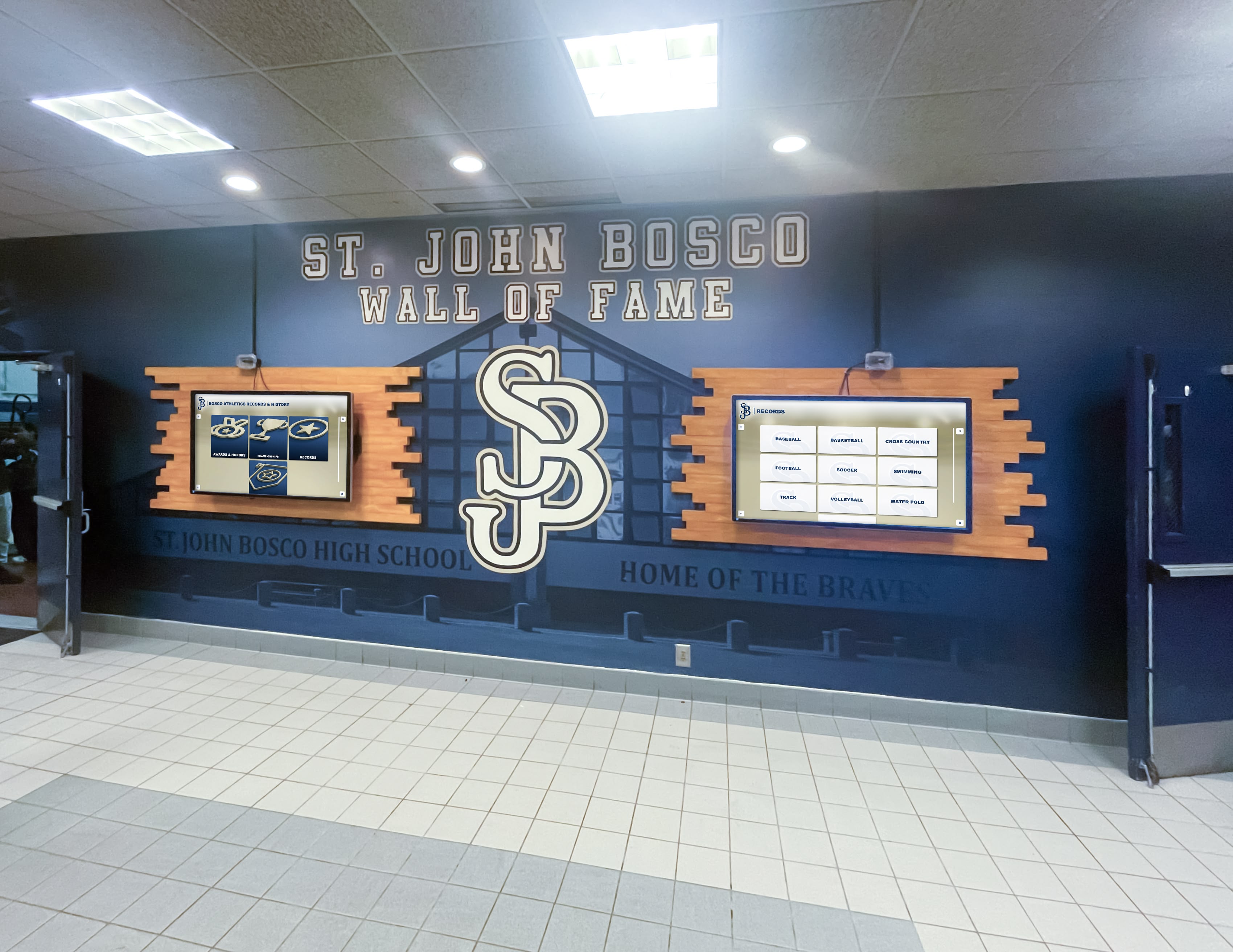
Integrating Heritage into Campus Spaces
Strategic placement of historical displays maximizes visibility and engagement, ensuring heritage presence in daily school life rather than hidden in archive rooms.
High-Impact Display Locations:
Main Entrance Lobbies: Prominent displays in primary entrances create immediate heritage awareness for all visitors while establishing institutional character and tradition during first impressions.
Athletic Facilities: Sports venues provide natural locations for athletic history displays engaging players, fans, and families during games and events. Locker room areas can feature historical team photographs and championship documentation inspiring current athletes.
Library Commons: Libraries serve as natural heritage centers given their association with information and learning. Historical displays complement research resources while creating gathering spaces around institutional memory.
Corridor Connections: High-traffic hallways connecting academic buildings, cafeterias, and activity areas ensure repeated exposure as community members pass multiple times daily, building familiarity with institutional heritage.
The athletics wall of honor guide explores effective strategies for integrating historical recognition into athletic facility design.
Enabling Online Access and Virtual Exploration
Physical on-campus displays reach only those present in buildings. Online platforms extend access to alumni worldwide, prospective families researching schools, and community members unable to visit campuses regularly.
Web-Based Heritage Platforms:
Dedicated heritage websites or sections within institutional sites should feature searchable digital archives allowing exploration by name, year, or keyword, chronological timelines providing narrative overview of institutional evolution, virtual tour capabilities showing campus development across decades, and downloadable resources including digitized yearbooks, publications, and historical documents.
Mobile-responsive design ensures accessibility across devices—desktop computers, tablets, and smartphones. Many alumni primarily access content via mobile devices, making smartphone optimization critical for engagement.
Social media integration enables easy sharing of historical content, extending reach beyond those directly accessing heritage platforms. When alumni share yearbook photographs or historical stories through social networks, they introduce institutional heritage to broader audiences while generating nostalgia-driven engagement.
Maintaining and Growing Historical Collections
Initial preservation projects represent starting points rather than completion. Sustainable heritage programs require ongoing maintenance and continuous growth ensuring historical documentation remains current and comprehensive.
Establishing Ongoing Collection Processes
Avoid future gaps by implementing systematic processes for continuous documentation as history unfolds.
Annual Documentation Protocols:
Designate specific individuals responsible for ensuring each year’s key materials enter archives—yearbooks, major event programs, championship documentation, significant photographs, facility changes documentation, and administrative milestone records. These annual additions prevent the retrospective collection challenges that plague schools attempting to reconstruct decades of history from fragmented memories and scattered materials.
Create digital submission workflows enabling convenient contribution of historical materials by alumni, staff, and community members whenever they discover relevant items. Simple online forms with photo upload capabilities dramatically reduce friction for potential contributors who might not make effort to physically deliver materials but will gladly upload digital images.
Correcting Errors and Enhancing Content
Historical collections inevitably contain mistakes, incomplete information, or gaps requiring ongoing refinement.
Quality Improvement Strategies:
Encourage community members to report errors through simple feedback mechanisms integrated into heritage displays. Alumni often identify incorrect names, wrong dates, or misidentified photographs when browsing content related to their school years.
Systematically review and enhance existing content when new information emerges. Recently discovered photographs might supplement sparse documentation from particular eras. New alumni interviews might provide context clarifying previously mysterious historical details. Updated biographical information about distinguished graduates might enhance existing profiles.
Digital platforms enable continuous improvement impossible with static physical displays. Simple content management systems allow authorized users to make corrections and additions immediately without requiring technical expertise or professional installation.
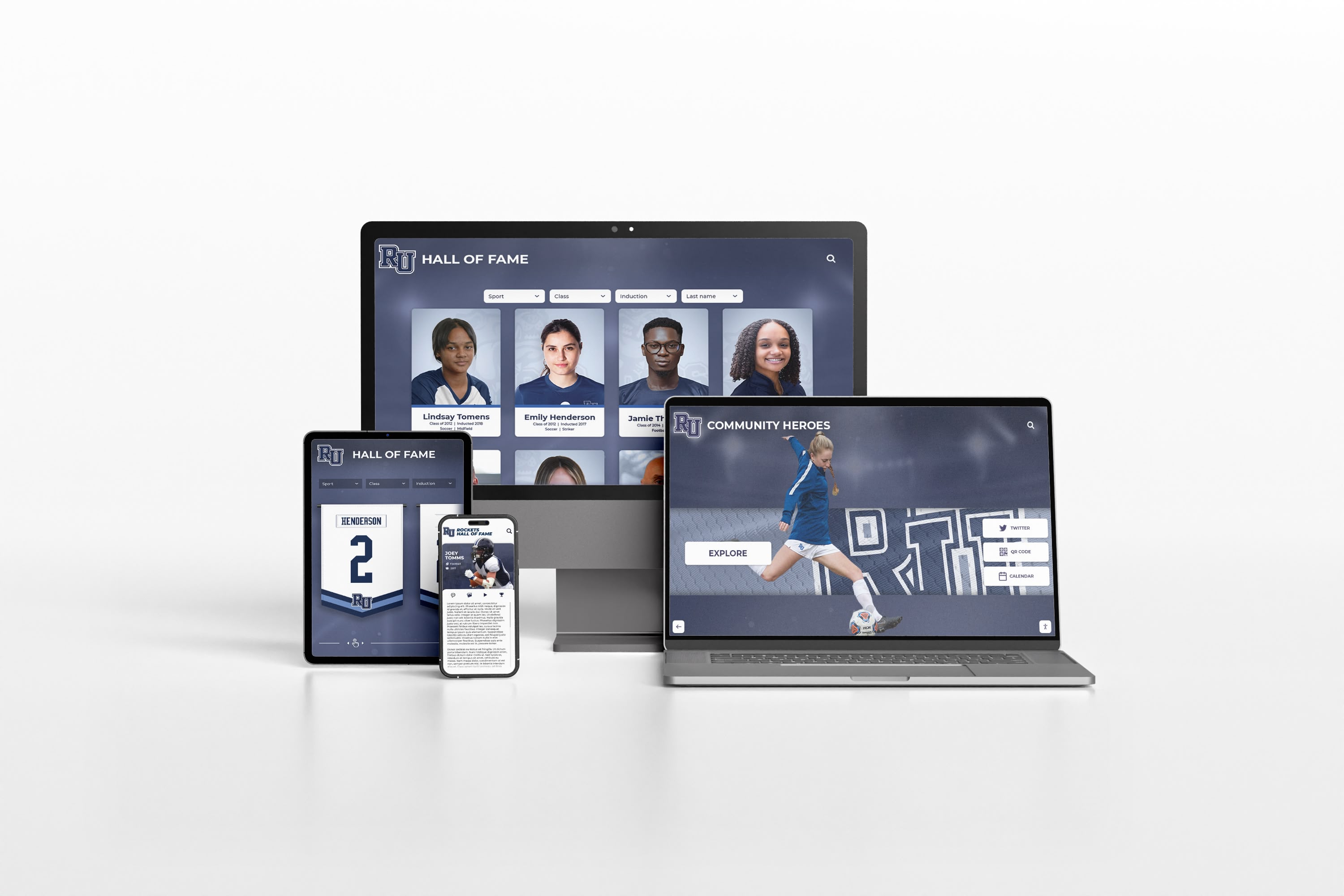
Engaging New Generations in Preservation
Sustainable historical preservation requires continuous engagement from new community members rather than depending entirely on longtime institutional champions whose eventual departure can derail programs.
Succession Planning:
Distribute preservation responsibilities across multiple individuals rather than concentrating knowledge and access with single champions. Document processes and workflows enabling smooth transitions when personnel change.
Involve students in ongoing historical documentation through class projects, club activities, and service learning opportunities. Students conducting oral history interviews, organizing archival materials, or creating historical presentations develop ownership in preservation efforts while building skills and knowledge to potentially continue contributions as alumni.
Recognize and celebrate preservation contributions publicly, creating cultural value around heritage stewardship that encourages ongoing participation. Feature contributors in heritage displays, acknowledge donations and volunteer efforts, and emphasize how community engagement makes comprehensive historical preservation possible.
Advanced Strategies for Comprehensive Heritage Programs
Schools seeking to create particularly robust historical preservation programs can implement advanced approaches extending beyond basic documentation and display.
Creating Research-Grade Archives
Schools with substantial historical resources and research interest might develop professional-grade archival programs meeting standards enabling serious scholarly research.
Professional archival standards include climate-controlled storage protecting materials from temperature and humidity fluctuations, acid-free containers and materials preventing chemical deterioration, comprehensive cataloging using established archival description standards, finding aids and research guides helping users locate relevant materials, and access policies balancing preservation with appropriate scholarly use.
Many schools partner with local historical societies, regional archives, or university special collections when lacking resources for fully independent professional programs. These partnerships provide professional expertise while ensuring important materials receive appropriate care.
Implementing Augmented Reality Heritage Features
Emerging technology enables innovative approaches to historical engagement through mobile augmented reality applications that overlay historical information onto physical campus locations.
AR Heritage Applications:
Point smartphones at current buildings to see historical photographs showing original appearance or earlier configurations. Access location-specific historical information about events that occurred in particular spaces. View virtual historical markers providing context about campus locations. Compare historical and contemporary views through side-by-side overlays.
While AR represents cutting-edge approaches generating excitement, successful implementation requires balancing technological novelty with genuine educational value and practical sustainability considerations.
Developing Documentary Video Projects
Professional-quality documentary videos synthesizing historical materials, oral history interviews, and narrative storytelling create compelling presentations suitable for broad audiences.
Documentary projects might commemorate significant institutional anniversaries, profile distinguished alumni or influential educators, document program histories showing athletic or academic evolution, or explore particular historical themes like integration, facility development, or curriculum transformation.
These productions serve multiple purposes beyond heritage preservation—recruitment materials, fundraising appeals, anniversary celebrations, and educational resources—justifying production investments through diverse applications.
Measuring Success and Demonstrating Value
Effective historical preservation programs track impact demonstrating value to stakeholders while identifying improvement opportunities.
Quantitative Engagement Metrics
Digital platforms provide detailed analytics revealing how communities engage with historical content:
Usage Statistics: Track unique visitors, page views, search queries, and time spent exploring content. Growth trends indicate increasing awareness and engagement over time.
Content Popularity: Identify most-viewed photographs, most-searched names, and most-accessed time periods. These insights inform collection priorities and presentation strategies.
Demographic Reach: Understand who accesses heritage content—alumni from which eras, geographic distribution, device types, and referral sources. Target outreach toward underrepresented segments.
Social Sharing: Monitor social media mentions, shares, and engagement with heritage content. Viral historical posts dramatically extend reach beyond core audiences.
Qualitative Impact Assessment
Numbers alone cannot capture full heritage program value. Subjective feedback reveals deeper impact:
Conduct surveys or focus groups with students, alumni, and visitors exploring how historical engagement influenced institutional perceptions, emotional connections, or understanding of school character. Document specific stories about heritage impact—students inspired by alumni examples, donors motivated by nostalgic connections, or reunited classmates reconnecting through shared historical materials.
Assess whether historical initiatives achieve stated objectives like enhanced student engagement, improved alumni participation, strengthened institutional identity, or preserved at-risk materials. These outcomes ultimately matter more than pure usage statistics.
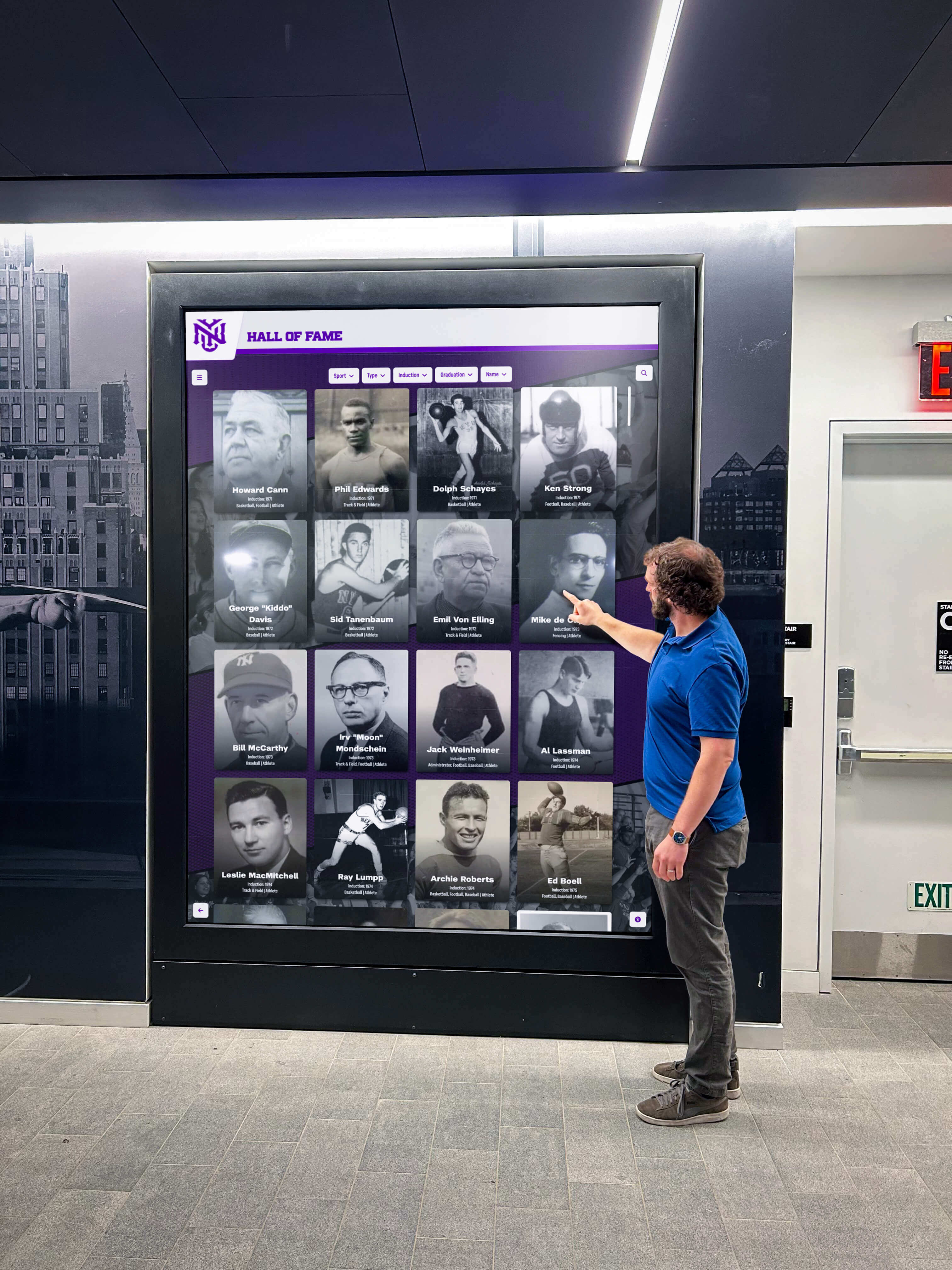
Common Challenges and Practical Solutions
Every institution pursuing comprehensive historical preservation encounters predictable obstacles. Anticipating these challenges enables proactive solutions preventing program derailment.
Challenge: Limited Resources and Competing Priorities
Schools face countless demands on limited budgets, staff time, and administrative attention. Historical preservation often competes with more immediate operational needs.
Practical Solutions:
Start with modest, achievable projects generating visible success building momentum and stakeholder support. Initial accomplishments demonstrate value justifying additional investment.
Seek external funding through grants specifically supporting historical preservation, heritage society programs, educational technology initiatives, or humanities education. Designated heritage funding creates dedicated resources separate from operational budget pressures.
Leverage volunteer capacity from alumni, community members, and students. Many individuals willingly contribute time to preservation efforts when provided clear opportunities and appropriate support.
Partner with community organizations, local historical societies, or regional archives that might provide expertise, technical resources, or shared capacity beyond what individual schools can independently sustain.
Challenge: Technical Expertise Gaps
Many educators and administrators lack digitization experience, archival training, or technical platform knowledge needed for sophisticated digital heritage programs.
Practical Solutions:
Invest in professional development for staff managing preservation initiatives. Workshops, webinars, and professional organization resources support skill development even without formal archival education.
Engage professional services for specialized needs—bulk digitization, archival organization, platform implementation, or exhibit design. Professional expertise accelerates progress while ensuring quality standards.
Choose turnkey technology solutions specifically designed for educational heritage with comprehensive training and ongoing support. Platforms like Rocket Alumni Solutions eliminate technical complexity while enabling sophisticated functionality through intuitive interfaces.
Challenge: Rights and Permissions Management
Historical photographs, particularly those created by professional photographers or published in copyrighted yearbooks, raise intellectual property questions requiring careful navigation.
Practical Solutions:
Understand that educational institutions generally hold rights to institutional records, administrative photographs taken by staff, and materials created specifically for school purposes. Yearbooks typically represent institutional publications where schools hold reproduction rights for archival and educational purposes.
For materials of uncertain provenance or professional photographs, implement good-faith efforts to identify and contact copyright holders when possible, include clear attribution and source documentation, restrict use to educational and archival purposes rather than commercial applications, and maintain records of permissions obtained or efforts undertaken.
Most copyright holders enthusiastically support educational heritage preservation when approached respectfully with clear explanations of intended nonprofit educational uses.
Conclusion: Preserving Your School’s Unique Story
Capturing school history effectively combines respect for traditional archival methods with embrace of modern digital technology, systematic collection processes with community engagement, and comprehensive documentation with compelling presentation. Schools that successfully preserve and share their heritage create powerful connections across generations—current students inspired by past achievements, alumni maintaining lifelong institutional bonds, prospective families impressed by tradition and stability, and future generations inheriting preserved memories they can explore and build upon.
The best way to capture school history isn’t a single method but rather a comprehensive approach including:
- Systematic Collection: Proactively gathering photographs, documents, publications, and oral histories before they disappear
- Professional Digitization: Creating preservation-quality digital copies ensuring long-term survival regardless of physical material condition
- Comprehensive Organization: Structuring collections with consistent metadata and logical organization enabling effective searching and browsing
- Engaging Presentation: Transforming archived materials into compelling interactive displays that invite exploration and inspire connection
- Sustainable Processes: Establishing ongoing documentation workflows ensuring continuous growth rather than one-time projects
Every school possesses unique stories worth preserving—distinguished graduates who once walked your hallways, championship teams that brought pride to communities, innovative educators who influenced generations of students, and defining moments that shaped institutional character. These stories deserve preservation honoring their significance while inspiring current students and engaging alumni for generations to come.
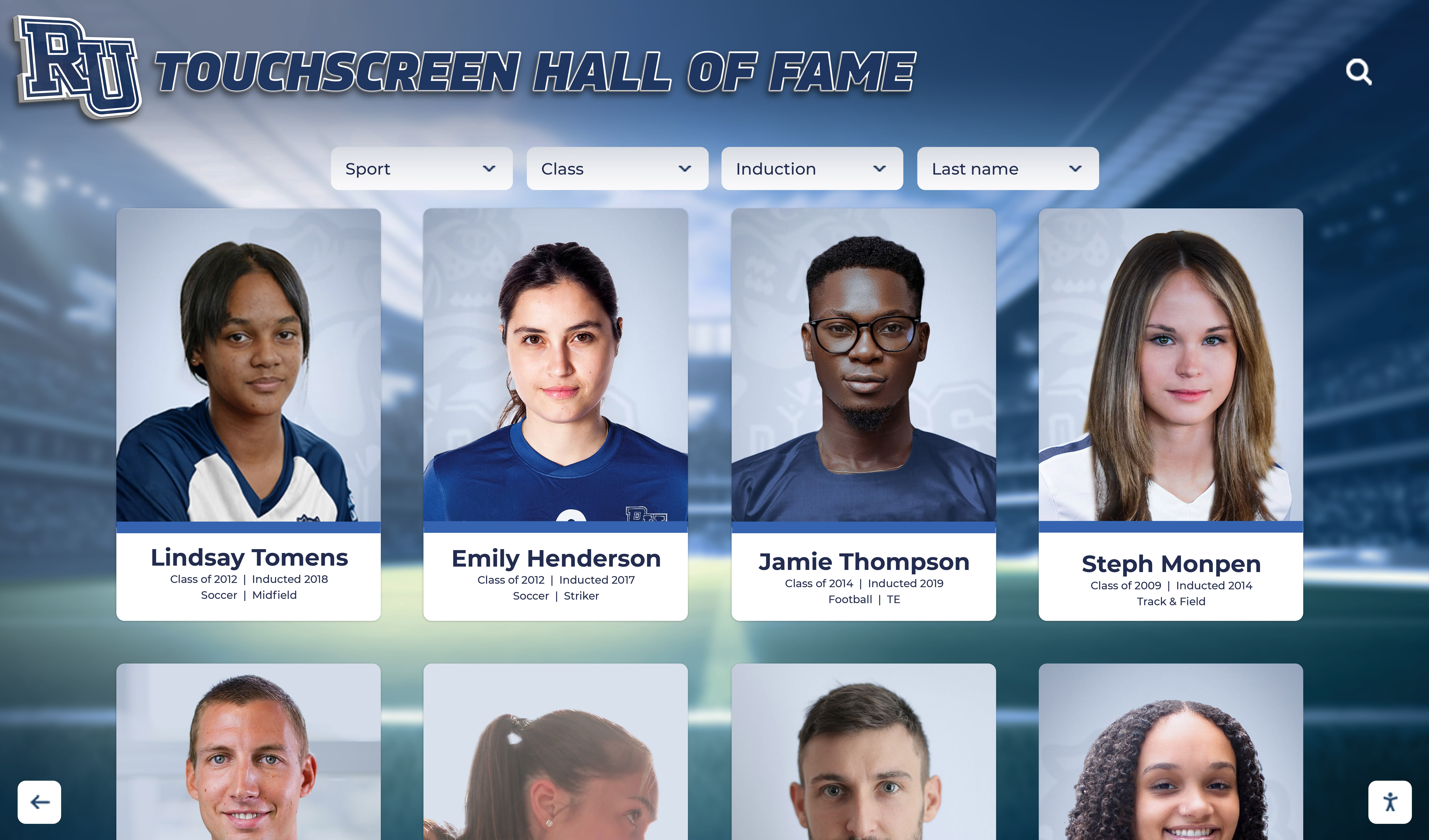
Whether your institution begins with modest scanning projects digitizing yearbook collections, ambitious oral history programs documenting memories before they’re lost, interactive touchscreen displays bringing heritage to high-traffic campus locations, or comprehensive online archives enabling worldwide access—the most important step is simply beginning. Start preserving your unique educational legacy today, ensuring that remarkable achievements, inspiring individuals, and defining moments receive lasting recognition they deserve.
Ready to explore how modern technology can transform your school’s historical preservation? Interactive digital hall of fame solutions provide sophisticated platforms for comprehensive heritage presentation, while community hall of fame systems demonstrate how engaging recognition strengthens connections across entire educational communities. For personalized guidance on capturing and presenting your school’s unique history, discover how the right preservation strategies can honor your past while inspiring your future for generations to come.
